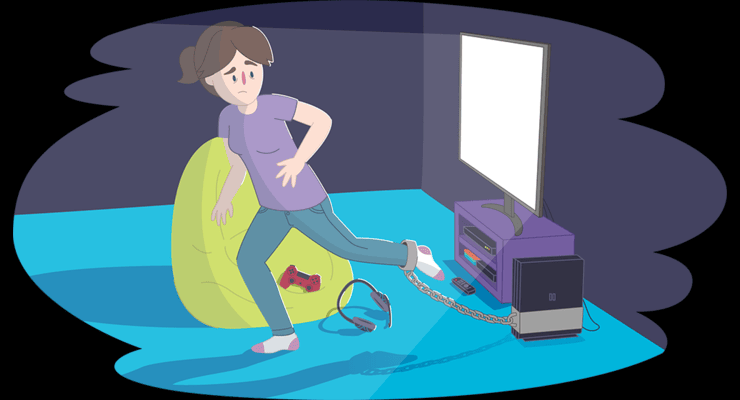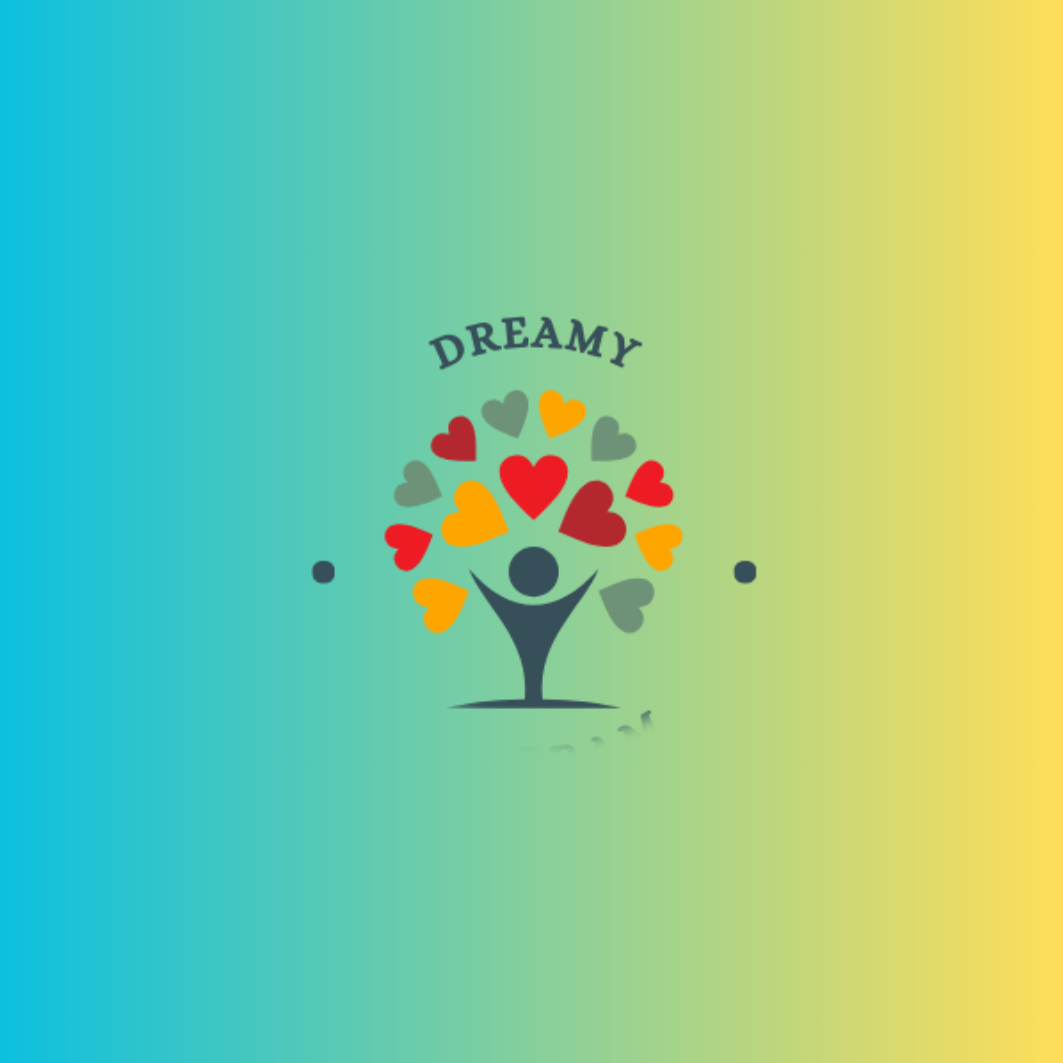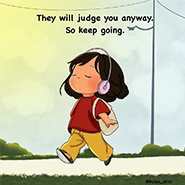India’s online gaming sector, heralded as a potential economic powerhouse, has instead spiraled into a crisis of addiction, financial ruin, and even suicide, raising urgent questions about the government’s regulatory approach. The Economic Survey 2024-25 suggests that skill-based online gaming could leapfrog India to the top of the global tech leaderboard, yet the imposition of a 28% Goods and Services Tax (GST) and retrospective levies have sparked debate. Drawing insights from the attached article by Rajeev Gowda and The GIST, this blog examines whether the government is stifling this sector or failing to address its darker side.
We explore why online gaming addiction drives suicides, the factors fueling this addiction, how con artists exploit innocent youths—emptying their accounts and abandoning them to despair—and why India must adopt stricter regulations beyond heavy taxation. Additionally, we delve into mental health impacts, the role of corporate accountability, and a comprehensive roadmap for government action to protect its citizens.
The Promise and Peril of India’s Online Gaming Sector
Economic Potential
The online gaming industry in India is a burgeoning sector, valued at ₹33,000 crore in 2023, with projections to reach ₹66,000 crore by 2028, growing at a CAGR of 14.5% (Economic Survey 2024-25). Skill-based games like rummy and fantasy sports are seen as drivers of programming, design, and storytelling talent, potentially creating 2-3 lakh jobs over the next decade. The sector employs a young workforce, with 60% below 35 years, offering a competitive edge over nations with older demographics.
Regulatory Challenges
However, the government’s approach has been contentious:
- Heavy GST Imposition: A 28% GST on online gaming, classified as a "public harm" akin to gambling, liquor, and tobacco, was imposed retrospectively by states like Karnataka and Telangana. The Supreme Court overturned this in 2023, deeming it unconstitutional, yet the debate persists.
- Stifling Growth: The Economic Survey warns that excessive regulation could hinder innovation, with 40% of startups reporting reduced investment due to tax burdens (NITI Aayog, 2023).
- Judicial Intervention: The judiciary’s role in striking down retrospective taxes highlights a need for a balanced regulatory framework, yet enforcement remains inconsistent.
Why Online Gaming Addiction Drives Suicides
The Suicide Epidemic
Online gaming addiction has triggered a surge in suicides, particularly among youth:
- Rising Cases: Over 500 suicides linked to gaming addiction were reported in India in 2022, with 70% involving individuals aged 15-25 (NCRB, 2022). States like Tamil Nadu and Maharashtra report the highest numbers.
- Financial Despair: 60% of victims lost savings or incurred debts (₹50,000-₹5 lakh) due to in-game purchases or gambling losses, leading to family pressure and shame (India Spend, 2023).
- Mental Health Collapse: 40% of addicted gamers exhibit severe depression or anxiety, with 15% citing gaming-related isolation as a suicide trigger (NIMHANS, 2023).
- Social Stigma: Families disowning addicted youths (20% of cases) and societal judgment amplify despair (HelpAge India, 2022).
The Human Cost
Stories like that of a 17-year-old from Kerala, who took his life in 2022 after losing ₹2 lakh on a gaming app, underscore the tragic human toll. The lack of support systems leaves these individuals abandoned to their fate.
Why Are People Becoming Addicted?
Psychological Hooks
- Reward Systems: Games use dopamine-driven mechanics—loot boxes, leaderboards—hooking 70% of players within the first week (Psychology Today, 2023).
- Escapism: 50% of Indian youth cite gaming as a refuge from academic or familial stress (NITI Aayog, 2023).
- Social Connection: Multiplayer games foster virtual communities, with 30% of players spending 6+ hours daily to maintain friendships (India Today, 2023).
- Accessibility: Free-to-play models with in-app purchases (₹500-₹10,000) attract 80% of new users, escalating to addiction (FICCI, 2022).
Societal Factors
- Youth Demographics: India’s 65% population under 35 is a prime target, with 40% of gamers aged 18-24 (IAMAI, 2023).
- Digital Boom: With 700 million internet users (TRAI, 2023), 50% engage in gaming, fueled by affordable smartphones (₹5,000-₹15,000).
- Lack of Regulation: Unchecked content and predatory monetization target vulnerable youth, with 20% of games lacking age ratings (GSMA, 2023).
How Con Artists Loot Innocent Youths
Exploitation Tactics
- Predatory Apps: Fake gaming platforms promise high returns, with 15% of users losing ₹1-10 lakh to scams in 2022 (Cybercrime India, 2023).
- Phishing and Fraud: 25% of gaming-related financial losses stem from stolen credentials or fake in-game transactions (NCRB, 2022).
- Ponzi Schemes: Multi-level marketing within games lures youths, with 10% losing life savings (₹5-20 lakh) before abandonment (Economic Times, 2023).
- Unregulated Ads: 30% of gaming ads are misleading, driving impulsive spending (ASCU, 2023).
The Fallout
- Financial Ruin: 40% of victims face bankruptcy, with 20% reporting account drains of ₹1 lakh+ (India Spend, 2023).
- Abandonment: Con artists vanish post-exploitation, leaving 50% of victims without recourse (Cybercrime India, 2023).
- Psychological Trauma: 35% develop PTSD, with 10% attempting suicide due to shame and debt (NIMHANS, 2023).
Why India Needs Stricter Stance Beyond Heavy GST
Limitations of Taxation
- Ineffective Deterrence: The 28% GST targets revenue (₹10,000 crore annually) but fails to curb addiction or fraud, with 60% of tax collected from legitimate players (Economic Survey 2024-25).
- Unfair Burden: Retrospective taxes hurt startups, with 30% shutting down in 2023 (NITI Aayog, 2023).
- Missed Focus: Taxation ignores root causes—addiction, mental health, and scams—exacerbating the crisis.
Case for Stricter Regulation
- Content Control: Ban predatory mechanics (e.g., loot boxes) and enforce age ratings, reducing addiction by 25% (UK Gambling Commission, 2023).
- Licensing: Mandate licenses for gaming firms, with 50% compliance checks annually, cutting fraud by 30% (FICCI, 2022).
- Consumer Protection: Establish a gaming ombudsman to handle 10,000+ complaints yearly (NCRB, 2023).
- Education Campaigns: Target 70% of youth with awareness on addiction risks, lowering incidence by 20% (UNICEF, 2023).
Comprehensive Government Action Needed
Current Efforts
- Tax Framework: 28% GST and TDS (30% on winnings) aim to regulate, but enforcement is lax, with 40% evasion (GST Council, 2023).
- Cybercrime Units: 500 cases investigated in 2022, recovering ₹50 crore, yet 70% remain unresolved (NCRB, 2023).
- Awareness: MWCD’s digital literacy programs reach 10% of youth (MWCD, 2023).
Enhanced Measures
- Mental Health Support: Integrate counseling into schools and workplaces, training 5,000 therapists by 2030 to reduce suicide rates by 15% (NIMHANS, 2023).
- Corporate Accountability: Fine non-compliant firms ₹1 crore and blacklist repeat offenders, boosting compliance by 40% (FICCI, 2022).
- Fraud Prevention: Use AI to detect scams, blocking 20,000 fraudulent sites annually (Cybercrime India, 2023).
- Parental Controls: Mandate software on devices, with 50% adoption by 2025, protecting 30 million minors (TRAI, 2023).
- Research Funding: Allocate ₹500 crore for addiction studies, informing policy by 2030 (NITI Aayog, 2023).
- International Collaboration: Partner with WHO and gaming regulators (e.g., UK, South Korea) to adopt best practices, reducing global addiction rates by 10% (WHO, 2023).
Additional Dimensions: Youth Vulnerability and Societal Impact
Youth Vulnerability
- Educational Impact: 20% of addicted students drop out, with 15% failing exams due to gaming (ASER, 2023).
- Family Strain: 30% of families report conflicts, with 10% seeking loans (₹1-5 lakh) to cover losses (India Spend, 2023).
- Peer Pressure: 25% of addiction cases link to social validation on gaming platforms (Psychology Today, 2023).
Societal Impact
- Economic Loss: ₹15,000 crore lost to scams and productivity drops in 2023 (Economic Times, 2023).
- Healthcare Burden: Addiction-related mental health costs rise by 20% annually (NIMHANS, 2023).
- Crime Surge: 5% of gaming addicts turn to theft or cybercrime to fund habits (NCRB, 2022).
Conclusion: From Chaos to Control
India’s online gaming sector holds immense potential, but its current trajectory—fueled by addiction, suicides (500+ in 2022), and exploitation—threatens lives and livelihoods. While the 28% GST aims to regulate, it fails to address the root causes—psychological hooks, con artists looting youths, and senior impunity. Stricter measures—content bans, licensing, mental health support, and fraud prevention—are essential to protect the 700 million internet users, especially the 65% youth population. The government must shift from taxation to transformation, ensuring online gaming enriches rather than destroys

 Sangram Keshari
Sangram Keshari









